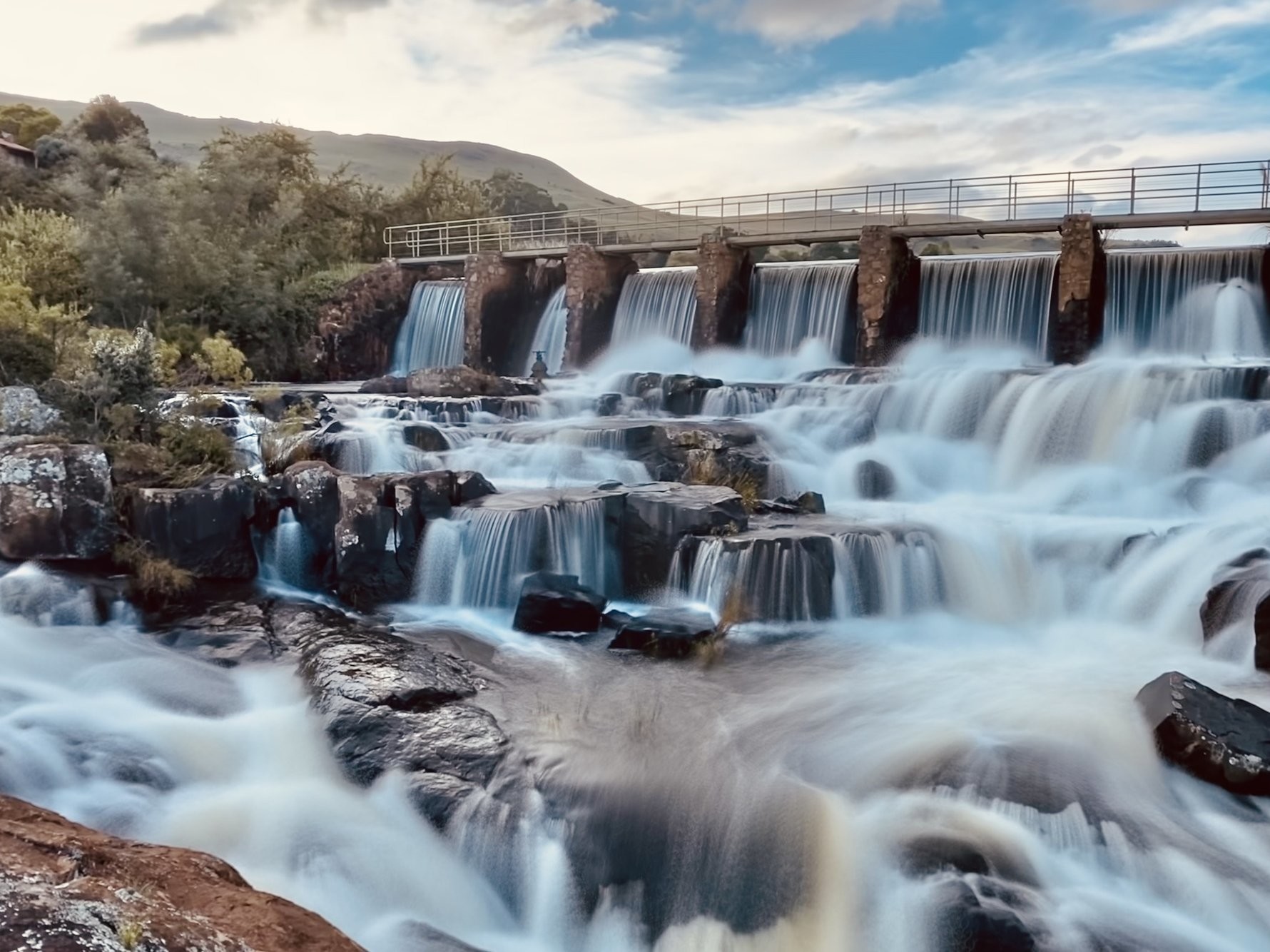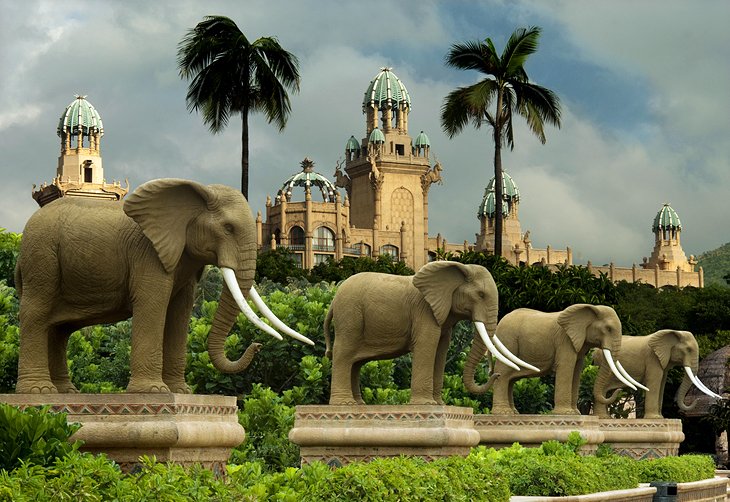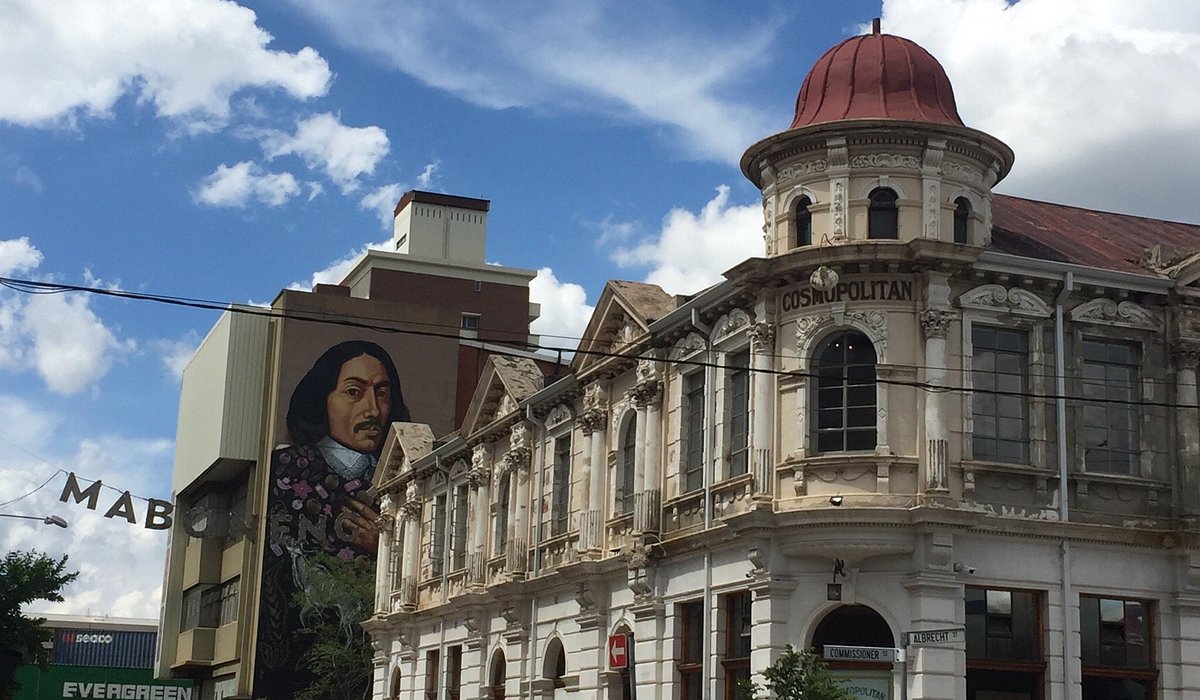Johannesburg North Attractions Things To Know Before You Get This
Table of ContentsNot known Facts About Johannesburg North AttractionsThe 5-Minute Rule for Johannesburg North AttractionsIndicators on Johannesburg North Attractions You Should KnowLittle Known Facts About Johannesburg North Attractions.Examine This Report on Johannesburg North AttractionsSome Ideas on Johannesburg North Attractions You Should Know3 Easy Facts About Johannesburg North Attractions Explained
You must maintain safety and security in mind and visitors must stay sharp at all times when in unfamiliar surroundings. Talk to the locals when you are in community to discover the location you are remaining in. Johannesburg North attractions. When on the street (this does not relate to mall and various other safe and secure environments) best general suggestions is to try your best to appear like a regional and to stay clear of displaying any form of riches
Not known Facts About Johannesburg North Attractions
Teacher Revil Mason O. J. (Thomson, 1946) explored the Witwatersrand's pre-colonial history. His archaeological work exploded the 'em pty land' myth, according to which the region was lacking human habitation prior to the arrival of European inhabitants. In his magazines Prehistory of the Transvaal: A Document of Human Task (1962) and Beginnings of Black People of Johannesburg and the Southern Western Central Transvaal Advertisement 3501880 (1986 ), Teacher Mason demonstrated the extent of social and economic advancement in the area before Europeans set foot right here.

The 8-Minute Rule for Johannesburg North Attractions
He showed the government's approval, provided after he had testified keep his explorations key. In 1874, small mining procedures were started in the Magaliesberg, where an Australian, Henry Lewis, had discovered gold deposits. In 1878, David Wardrop found gold in quartz veins at Zwartkop, north of Krugersdorp. In 1881, Stephanus Minnaar found gold on the farm Kromdraai, near the Cradle of Humankind.
In March 1886, an outcropping (soon to be called the Main Reef) was discovered, quite fortuitously, on Gerhardus Oosthuizen's farm Langlaagte. Some say that the Lancastrian coal miner George Walker discovered this reef. Another travelling English miner, George Harrison (that had actually formerly operated in Australian mines) acquired a prospecting licence in respect of Langlaagte in May 1886.
He decided to go on in a pursuit for greener fields, and disposed of his Langlaagte case for the baronial amount of 10. Alas: under lay the wealthiest goldfield ever before discovered. The discovery of this abundant auriferous coral reef provoked a gold thrill that signified completion of bucolic tranquillity in the southern Transvaal.
It would, within 6 years, become the largest town in southern Africa. Within a years, it would certainly make the Z. A. R. up until then an anarchical and bankrupt little state the richest nation in Africa. By the turn of the century, the Z. A. R. was to surpass Russia, Australia and the United States of America to come to be the world's leading gold producer, creating greater than a quarter of the world's gold.
The 3-Minute Rule for Johannesburg North Attractions
It was called Ferreira's Camp, called after Colonel Ignatius Ferreira. He was a Boer traveler upon whom the British authorities had presented the status of Friend of the Many Identified Order of St Michael and St George (entitling him to the post-nominal letters C. M. G.) in gratitude for his function in the battle that had deposed the Pedi king Sekhukhune in 1879.
2 various other camps were developed: Meyer's Camp on the ranch Doornfontein, and Paarl Camp. The latter was nicknamed Afrikander Camp; many people from the Cape Nest resolved there.

The Facts About Johannesburg North Attractions Revealed
This name acquired money by word of mouth, such that the State Secretary affirmed the name to the Mining Commissioner on 9 October 1886. Stands in the town were auctioned on 8 December 1886. While some stands were cost 10, others were torn down for as little as sixpence.
2 years later on, these erven were to change hands for as long as 750 each. The tented camps decreased as a dorp of corrugated iron buildings created and expanded north of the mines located along the Key Reef Road. Locations such as Jeppe's Town (where working-class immigrants erected their houses) and Doornfontein (where the affluent new 'Randlords' started to create their opulent homes) were quickly contributed to the ever-expanding map of the town.
The Best Guide To Johannesburg North Attractions
In addition to the road names, there were no indicators of Johannesburg being positioned in a Dutch-speaking nation. Several years later, C. W. Kearns O. J. (among the initial children enlisted at St John's University in 1898) would certainly remember: 'An odd truth regarding Johannesburg was that, although it remained in the [Boer Republic], almost every person talked English and even the Government servants dealt with one in English, unless they were first dealt with in the Taal (or Low Dutch)'.
Because of this, Britain had an interest in guaranteeing optimal problems for gold see this manufacturing on the Witwatersrand, and that the gold was exported to London instead than Berlin an essential rendered even more clamant by the Z. A. R - Johannesburg North attractions.'s increasing toenadering with Germany. Mine owners were on a clash with Head of state Kruger, whose policy of monopolistic giving ins (often granted to his cronies) protected against mining business from procuring products of products (particularly dynamite) and labour by themselves, cheaper terms
The Buzz on Johannesburg North Attractions
In 1890, the Volksraad had restricted the franchise to white males that had lived in the Z. A. R. for fourteen years or longer, therefore advice disqualifying a lot of the immigrants (that happened to be the major factors to the fiscus). Frustration for the vote was a mere pretext for promoting a different program; a lot of uitlanders concerned themselves as momentary site visitors and had no go purpose of continuing to be in the Z.